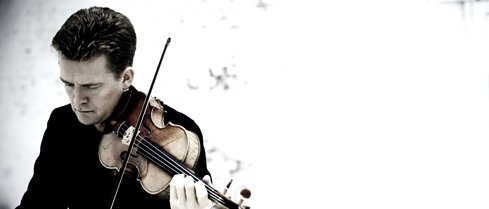Tag: Kurtág
-

PROGRAM NOTES: CHRISTIAN TETZLAFF
Eugène Ysaÿe Sonata for solo violin in G minor, Op. 27, No. 1 Belgian violinist and composer Eugène Ysaÿe stands as a bridge figure between the late Romantic era of virtuoso violinists such as Henri Vieuxtemps and Henryk Wieniawski (he studied with both of them), and twentieth-century composers such as Debussy, whom he championed. Much loved by…

